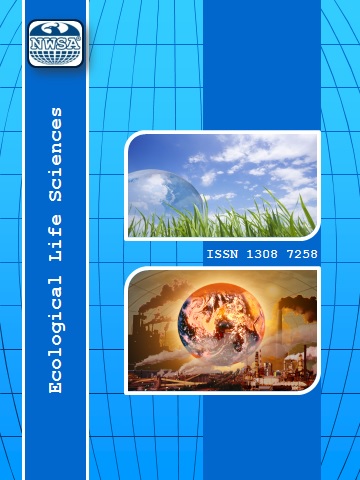INVESTIGATION OF BRILLIANT BLUE R DYE BIOREMOVAL CAPACITY OF TRICHODERMA SP.
Sevgi Ertuğrul Karatay1
,
GÖZDE BODUR2
,
EKIN DEMIRAY3
,
GÖNÜL DÖNMEZ4
In the current study bioremoval of the reactive dyes; Brilliant Blue R, Remazol Brilliant Blue R, Reactive Red 120, Reactive Black 5 and Reactive Orange 14 by Trichoderma sp. were investigated. The bioremoval yields were 90.63%, 97.35%, 73.56%, 99.82% and 88.0% for Reactive Black 5, Reactive Red 120, Reactive Orange 14, Brilliant Blue R and Remazol Brilliant Blue R, respectively in the presence of 300mg/L initial dye concentration. The highest bioremoval yield was observed at Brilliant Blue R among the tested dyes. Therefore, further optimizations such as pH, initial dye concentration, incubation period, inoculum amount and maximum specific dye uptake were carried out with Brilliant Blue R. In bio removal experiments, sugar beet molasses which is cheap and abundant feedstock was used as a carbon source. In the presence of molasses medium Trichoderma sp. showed 99.24% removal yield in the presence of 315.23 mg/L Brilliant Blue R.
Keywords
Fungi.,
Trichoderma sp,
Bioremoval,
Brilliant Blue R,
Molasses ,
 +90(535) 849 84 68
+90(535) 849 84 68 nwsa.akademi@hotmail.com
nwsa.akademi@hotmail.com Fırat Akademi Samsun-Türkiye
Fırat Akademi Samsun-Türkiye
